Before you start to design or redesign your garden, it’s good to identify your regional climate or bioregion.
Each zone is different
It is important to understand the constraints and the opportunities that each regional climate across the continent imposes on garden design in that zone. Each zone is different and the natural conditions will influence, even dictate, the design and establishment of distinctive gardens.
Well designed gardens that respond to the regional climate, and the multiple ‘microclimates’ of the site, result in a landscape that ‘belongs’. It thrives in the relevant climate zone. They have a unique ‘sense of place’ derived from the physical influences and the botanical attributes of the local area.
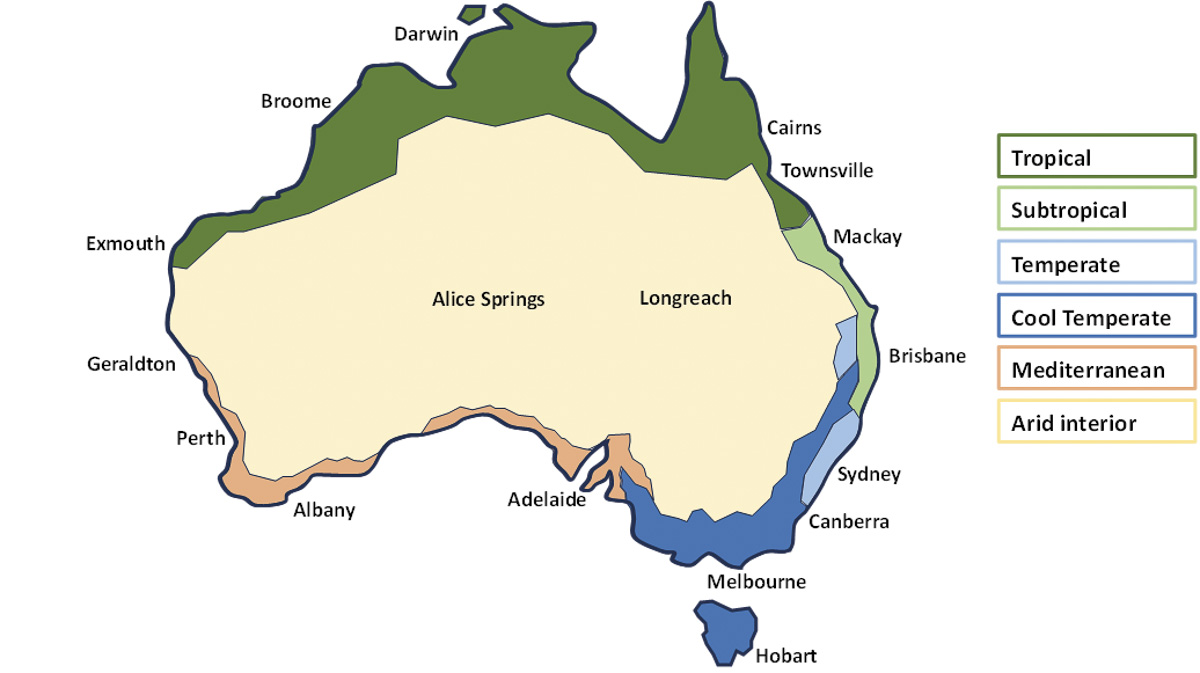
When planning your garden, consider regional climate
When planning your garden, it is helpful to be aware of the broad characteristics of the regional climate zone. However, there are many other factors that may affect how and if the plants grow successfully, including unseasonal weather conditions, the specific microclimate conditions of the garden, and even how the plants are cared for.
Knowing the climate zone conditions will help you select the plants that should perform well in the garden. These will usually give the best long-term results. Plants from elsewhere will most likely be less successful, and may demand special attention.
We have set six readily understood climate regions within the Australian continent and islands. Each covers huge areas, so always consider the impact of local conditions when planning what to select, and when to plant.
The ‘Showcase Gardens’ are collected together under these regional climate zones.

Tropical – wet tropics and monsoon tropics
High humidity with most rainfall in summer, and warm dry winters.
Cairns, Townsville, Darwin, Broome, Exmouth

Subtropical
Warm humid summers with high summer rainfall, and mild dry winters
Mackay, Rockhampton, Bundaberg, Hervey Bay, Sunshine Coast, Brisbane, Gold Coast, Coffs Harbour
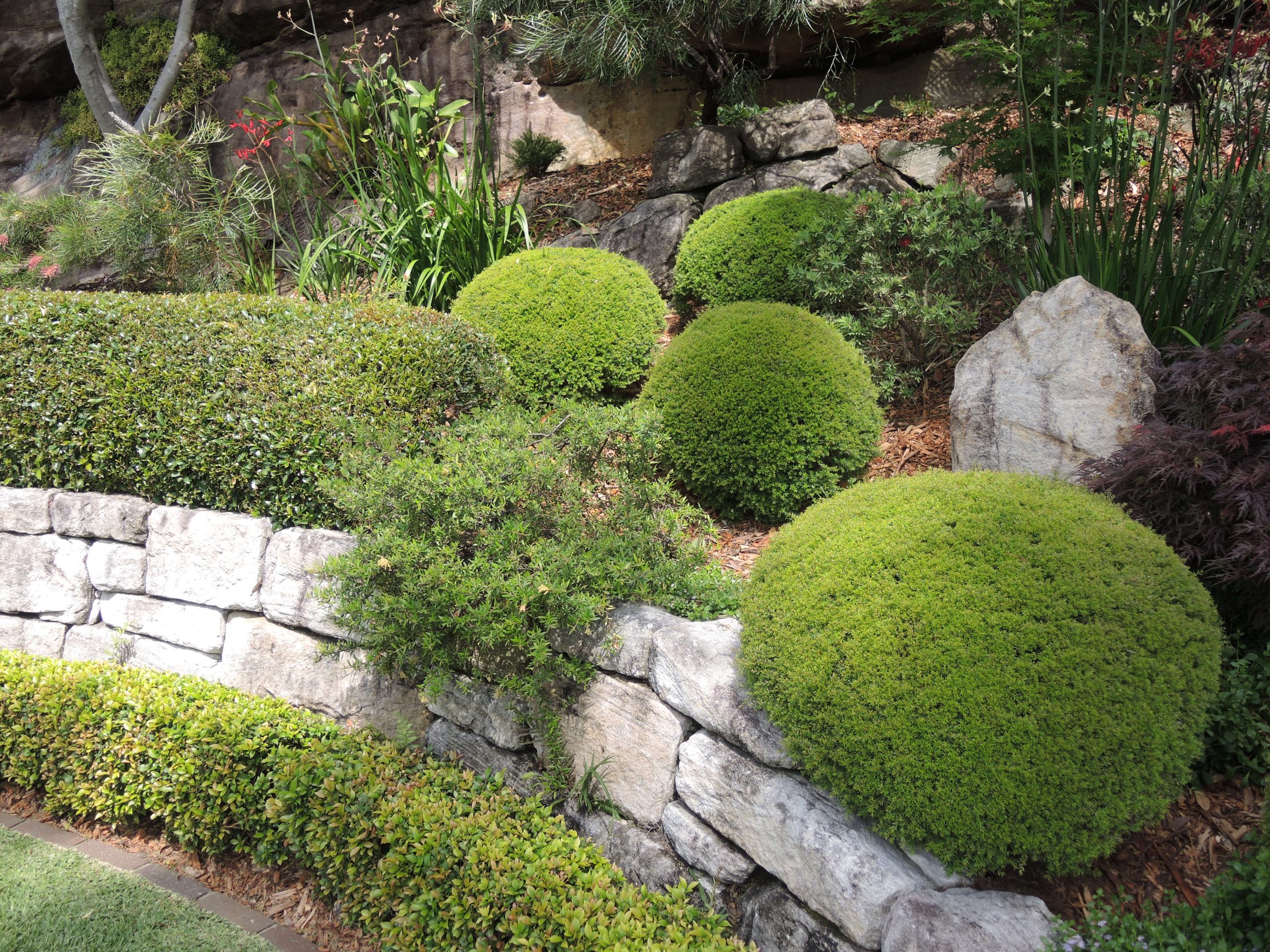
Temperate – wet winter or annually uniform
High humidity with most rainfall in summer, and warm dry winters
Toowoomba, Newcastle, Central Coast NSW, Sydney, Wollongong
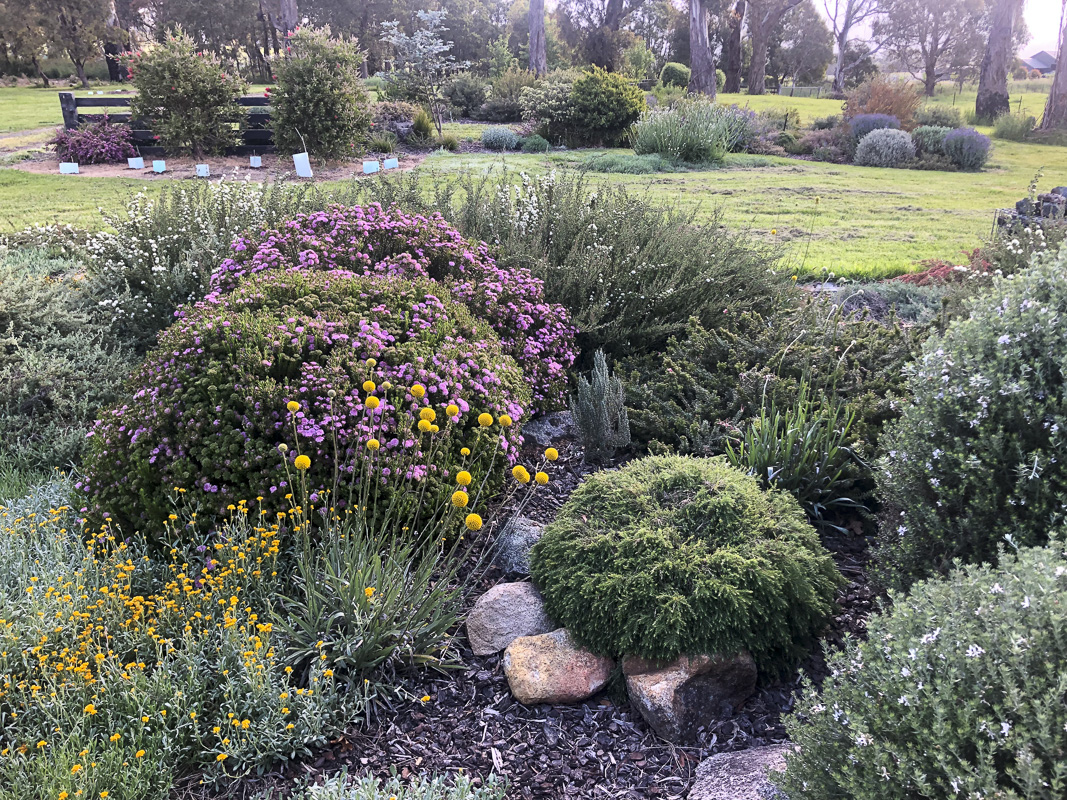
Cool Temperate – coastal or montane
Low humidity with most rainfall in winter; hot dry summers and cold winters. Some regions will experience frosts and snow
Great Dividing Range and tablelands, Canberra, Melbourne, Mount Gambier
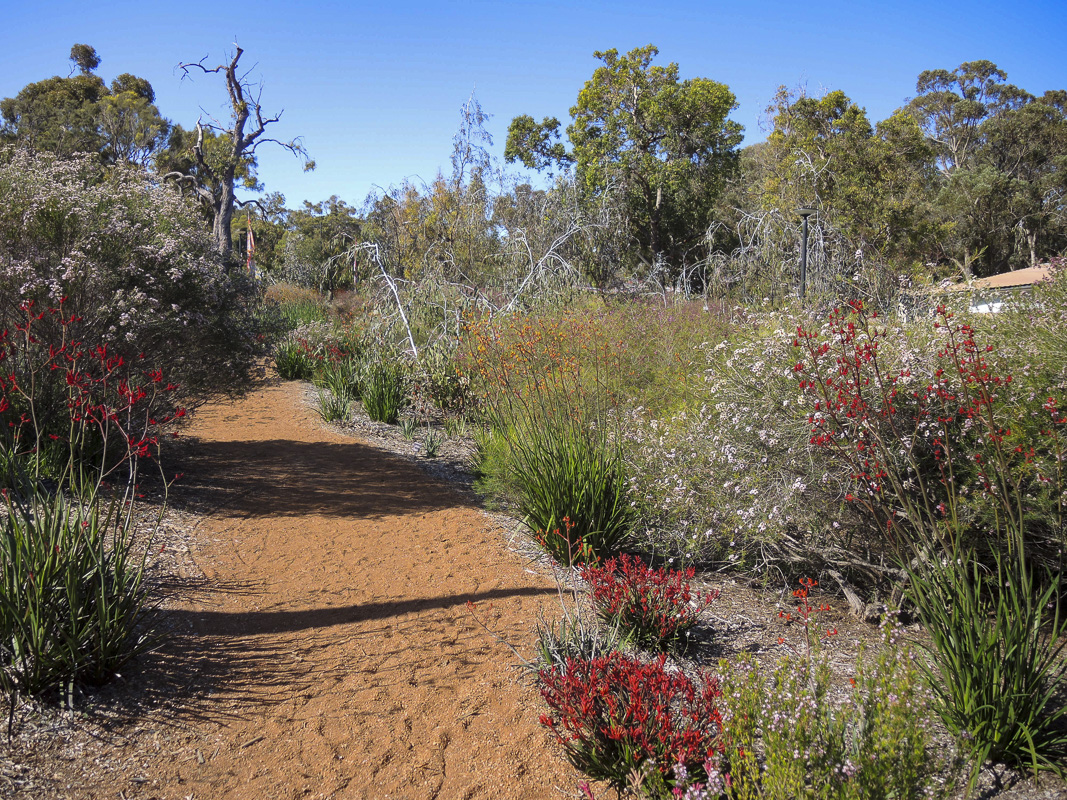
Mediterranean – wet winter & dry summer
Warm wet winter and hot dry summer, two distinct seasons
Adelaide, Port Lincoln, Esperance, Albany, Bunbury, Perth, Geraldton
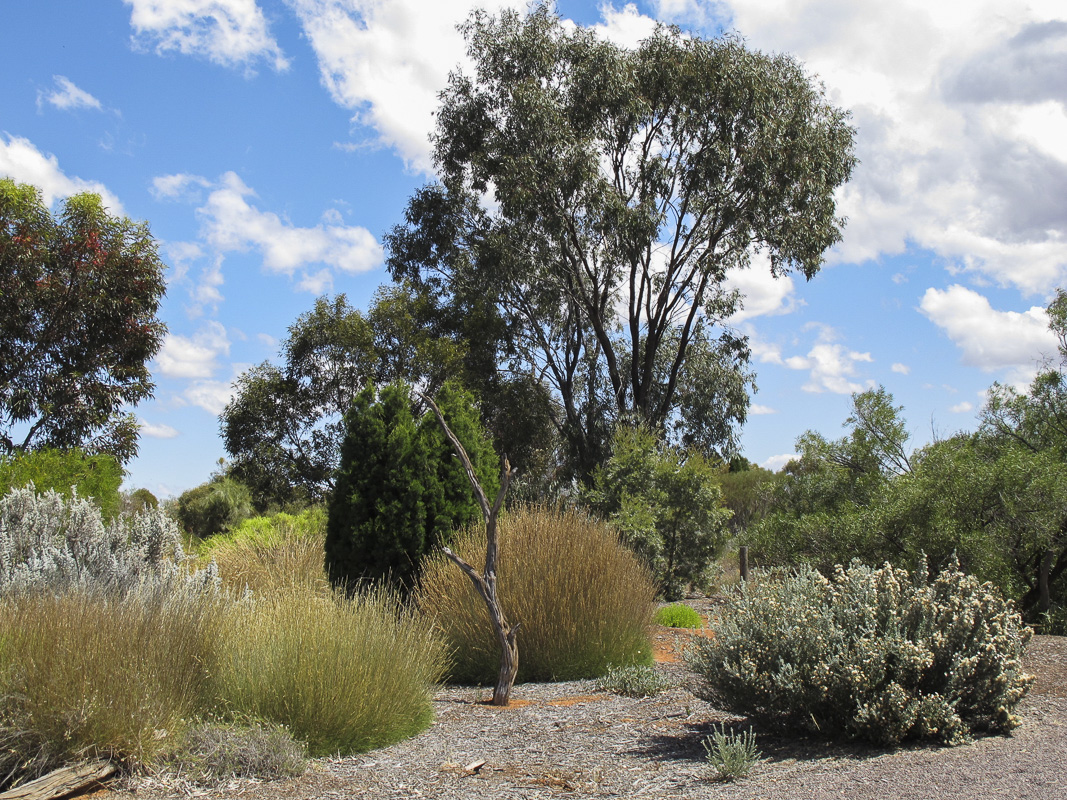
Arid interior
Hot dry summers, winters can be warm or cool depending on the region.
Longreach, Mt Isa, Birdsville, Wagga Wagga, Dubbo, Mildura, Alice Springs
For more stories on microclimates, see here:
 Australian Native Plants Society (Australia)
Australian Native Plants Society (Australia)